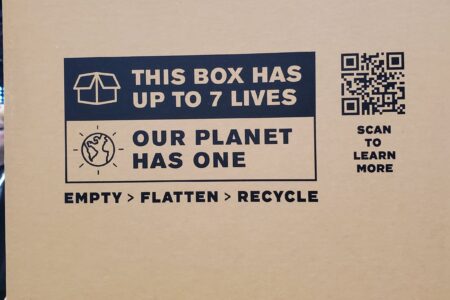Foodservice is an ‘under tapped’ market for tea

Credit: US Boba Co
At the recent North American Tea Conference (NATC), which was held in Canada last month, many conversations centered around the challenges tea is battling on the production side (see the 27 September Editor’s Blog, NATC 2024 provided optimism amid challenging times for tea), but the manufacturing/consuming side is not without its issues.
In his presentation, Carman Allison, NielsenIQ, said that optimism around the consumers’ personal financial situation is lagging, especially in North America and EU markets, despite the rate of inflation slowing across the globe. He explained that this has created financial polarization, noting, “it’s about the haves and the haves less.”
Allison said that in a recent consumer survey (conducted over the summer), Nielsen observed a shift from cautious to conscious consumption. “Heading into 2025, the state of consumers is determined, with three types of consumers [emerging]: resilient, vigilante and intentional. Consumers are spending in a more strategic way — they prioritize at-home, planning and waste-avoidant spending.”
This behaviour, Allison said, has ‘redefined discount’. “Consumers have embraced (and expect) a broader value from the concept of ‘discount’,” which is impacting buying behaviour across the board, not just in food, beverage (coffee and tea included) and other CPG products.
In their presentations, both Shabnam Weber, president of the Tea and Herbal Association of Canada (THAC), which organized and hosted this year’s NATC, and Peter Goggi, president of the Tea Association of the USA, discussed how health and wellness are driving components for consumers’ purchases.
“Consumers are searching for authenticity and community. People are disillusioned, particularly those ages 16-25,” said Weber, “but what’s hot is wellness and it spans all demographics.”
And while this should greatly benefit tea, it has competition from other ‘healthy beverages’. “Humans don’t ‘drink more’ during day, that is, they do not increase the number of beverages they drink in a day,” said Goggi, “they are swapping out one beverage for another, not adding.”
One strong opportunity for tea is in foodservice. “Globally, tea as an away-from-home beverage has a significant share,” said Margot Swindall of Technomic, but tea has an opportunity to further expand its share. She said cold/iced/frozen teas are growing in both Canada and US. “Hot tea is more often used as a pick-me-up while iced tea tends to serve as a meal companion and thirst-quencher (especially in the US).”
Swindall highlighted the top global foodservice consumer markets for tea for both hot and cold/iced tea in her presentation:
Hot Tea
- Russia (47%)
- India (43%)
- Chile (37%)
- Indonesia (37%)
- Malaysia (36%)
Cold Tea
- Philippines (52%)
- Indonesia (45%)
- Malaysia (44%)
- S. (41%)
- Thailand (39%)
Swindall said that tea meets other beverages head on in creativity and format extension on the global foodservice stage (in terms of functionality, healthy indulgence, etc.), and consumers are willing to experiment with tea (flavours and formats) — all of which enhances tea’s ability to grow its share in the foodservice channel.
“Foodservice is the playground for tea trial, experimentation and innovation,” Swindall stressed. So not taking advantage of this ‘under tapped’ market would be quite a missed opportunity.
- Vanessa L Facenda, editor, Tea & Coffee Trade Journal.
Keep in touch via email: [email protected] Twitter: @TCTradeJournal or LinkedIn: Tea & Coffee Trade Journal



